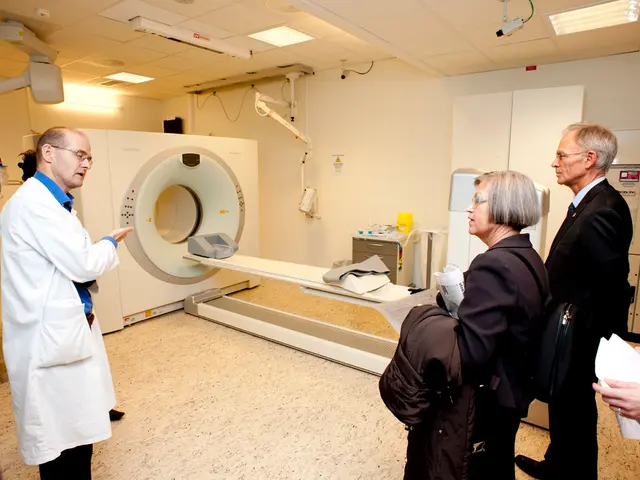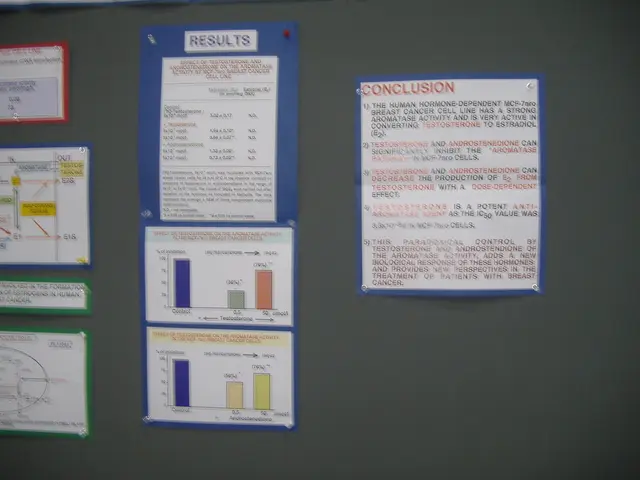Scientists Develop a Brain Device for Instant Speech Production
In a groundbreaking development, researchers at UC Berkeley and UC San Francisco have created a new brain-to-speech interface that offers near-real-time speech-capturing and synthesis. This advancement in brain-computer interface (BCI) technology could revolutionise the way people with severe paralysis communicate.
**Improved Latency and Accuracy**
The new system marks a significant improvement over previous BCIs, particularly in terms of latency. Whereas older devices often suffered from noticeable delays, making spontaneous conversation difficult or frustrating for users, the Berkeley/San Francisco team’s system has reduced latency to a near-real-time level. This enables a more natural conversational flow.
Although specific accuracy metrics for the Berkeley/San Francisco system have not been detailed as extensively as recent UC Davis results, which report up to 97% accuracy, the new system is described as restoring "naturalistic speech." This implies high accuracy in terms of both word selection and prosody, features that previous systems struggled with.
**Enhanced Expressiveness**
Recent advances in the field have demonstrated systems that not only decode words but also capture emotional tone, stress, and even non-word vocalizations, allowing for more nuanced and expressive communication. The Berkeley/San Francisco team’s focus on reducing latency likely complements these features, contributing to a more lifelike user experience.
**Key Features**
| Feature | Berkeley/UCSF New System | Previous Systems | |----------------|------------------------------------|--------------------------------------| | Latency | Near-real-time | Noticeable delay | | Accuracy | "Naturalistic" speech (contextual) | Variable, often lower | | Expressiveness | Improved, more lifelike | Limited by latency and accuracy |
**Personalised Speech Synthesis**
The new system uses a recording of Ann speaking at her wedding to personalise the speech synthesis and make it sound more like her original speaking voice. This personalised approach is expected to further enhance the naturalness of the synthesised speech.
**Generalising Abilities**
The AI model can decode and synthesise speech for unseen words, demonstrating its ability to generalise and learn the building blocks of sound or voice. This capability is crucial for enabling the system to adapt to a wide range of speaking scenarios and vocabulary.
**Conclusion**
The Berkeley and UC San Francisco system's near-real-time operation represents a crucial improvement over previous systems that struggled with latency. This, combined with ongoing accuracy and expressiveness improvements seen across the field, makes their approach a significant step forward in restoring natural communication for people with paralysis. The research indicates potential for future advancements in the field of brain-computer interfaces as the distance between humans and computers continues to decrease.
- The integration of artificial intelligence in the new brain-to-speech interface allows for personalised speech synthesis, replicating the original speaking voice of the user, as demonstrated by the use of a recording of Ann speaking at her wedding.
- The AI model in the new system can not only decode and synthesise speech for known words but also for unseen words, demonstrating its generalising abilities and capacity to learn the building blocks of sound or voice.
- Further advancements in the field of brain-computer interfaces, such as improved accuracy and expressiveness, could potentially lead to the development of technologies that could aid in the diagnosis and management of medical conditions related to health and wellness, such as analyzing physiological signals, or even in scientific domains like studying the effects of technology on the brain.




